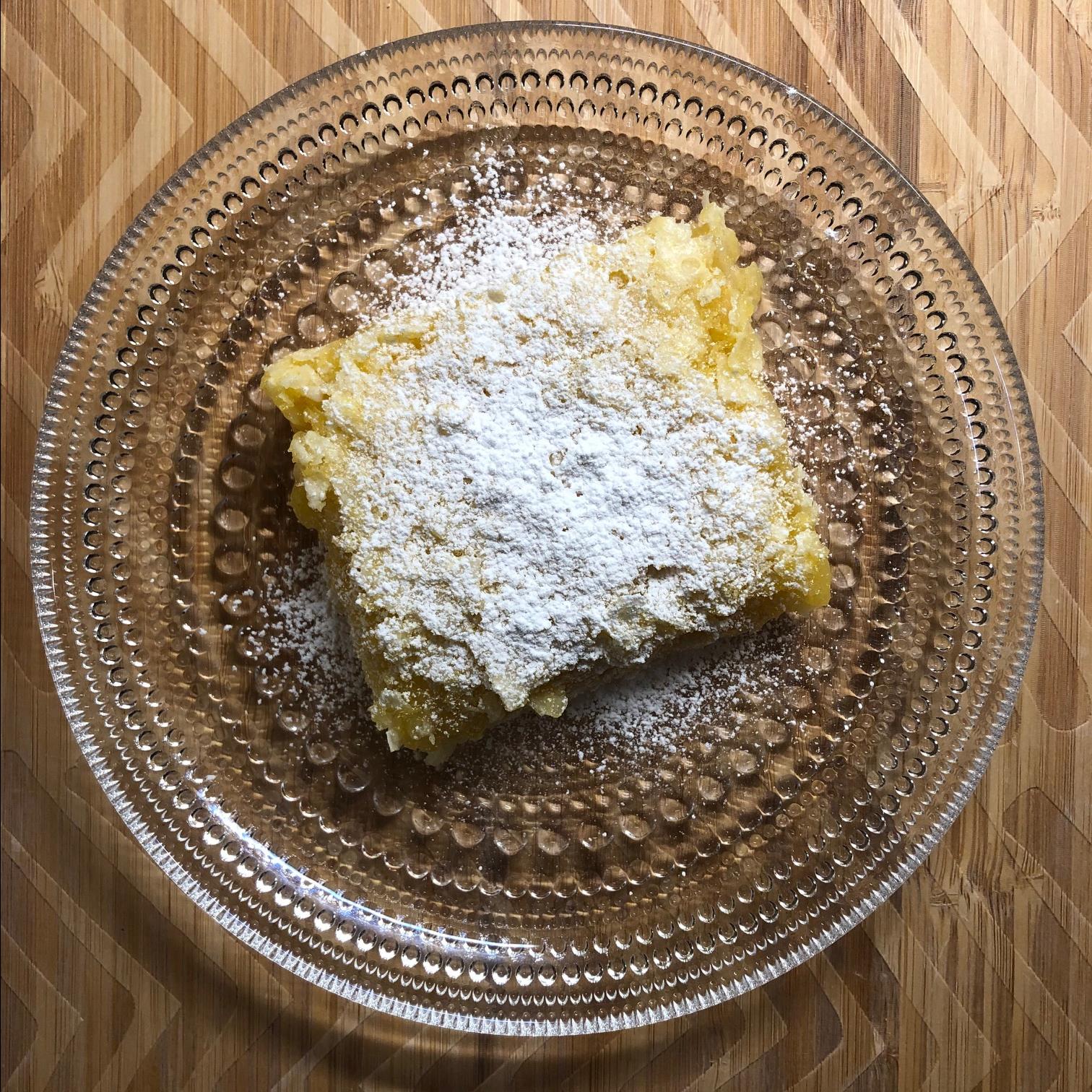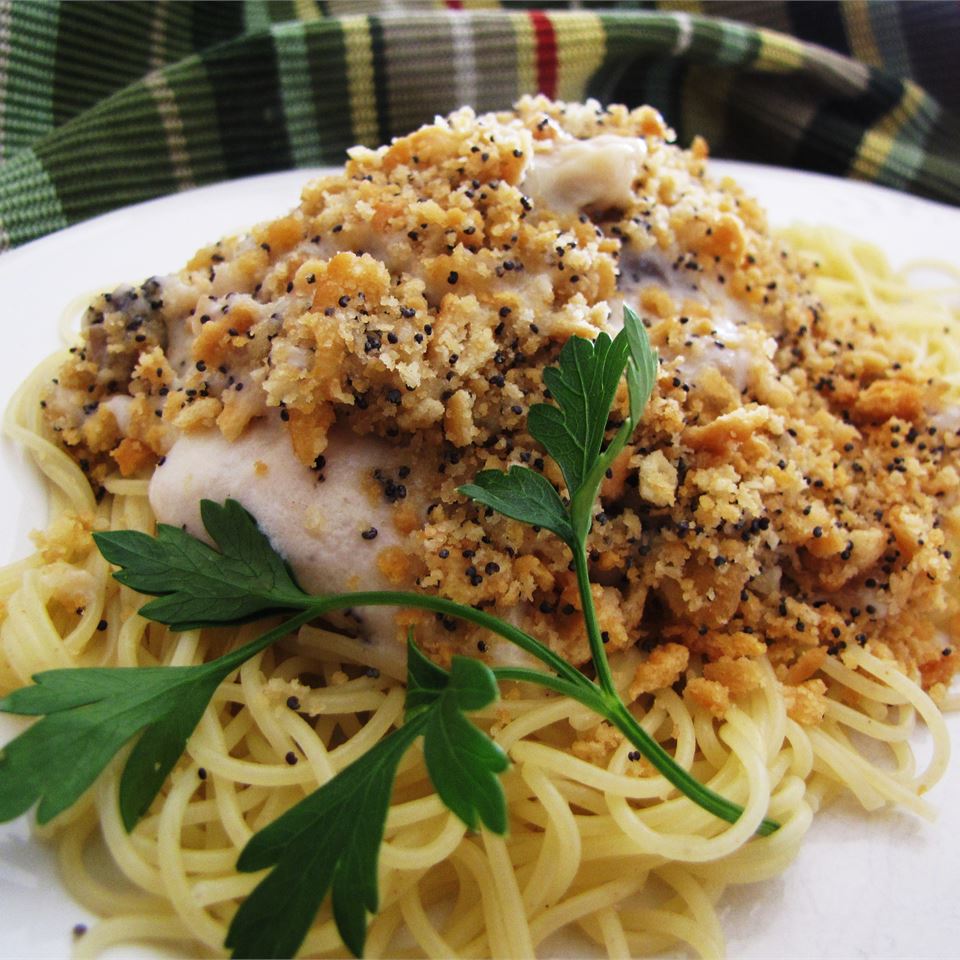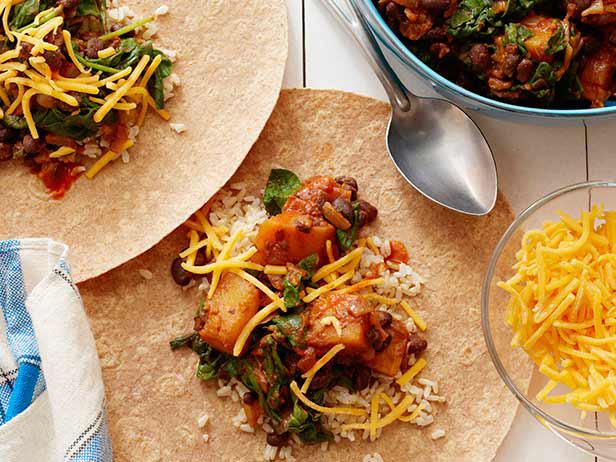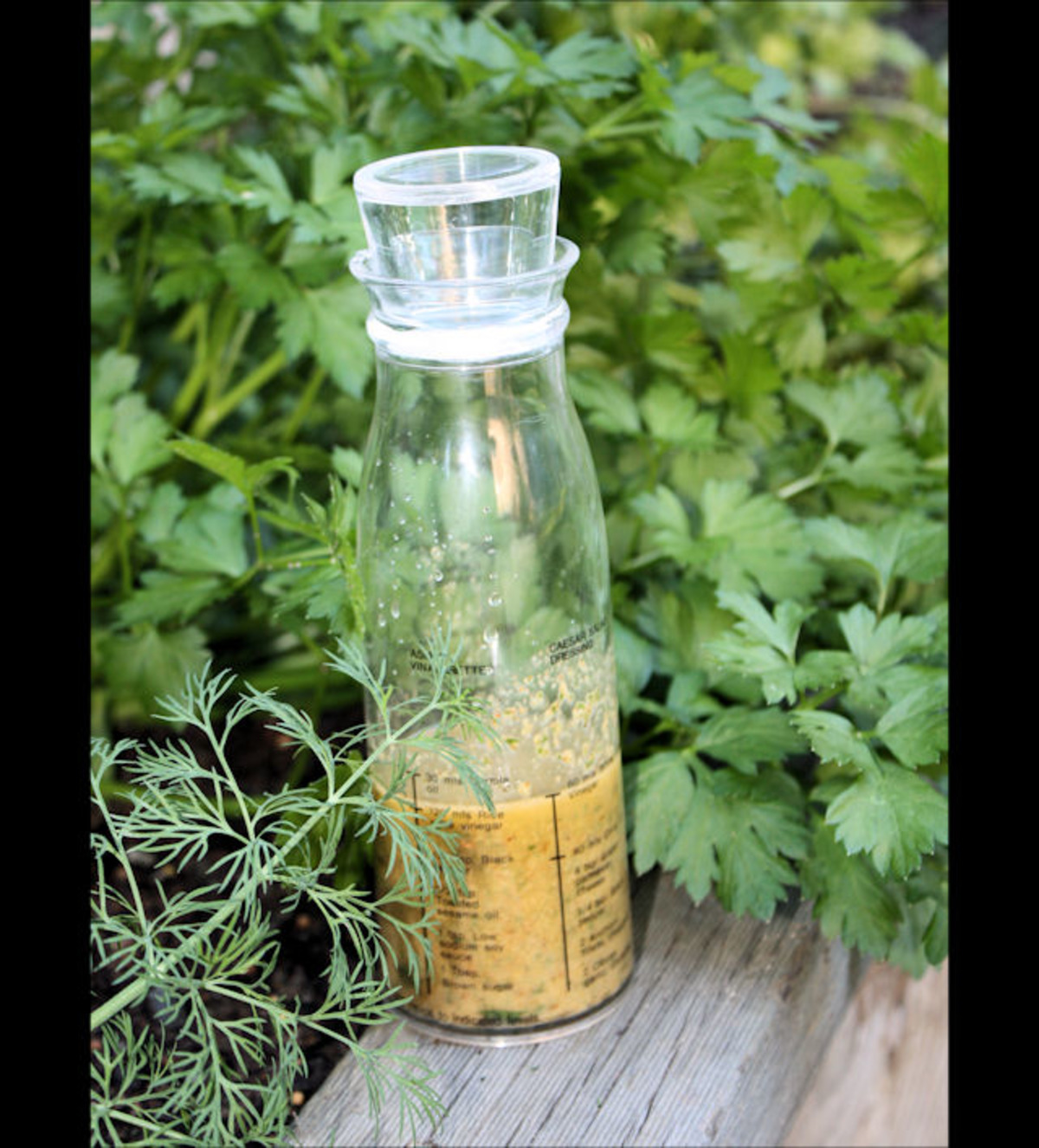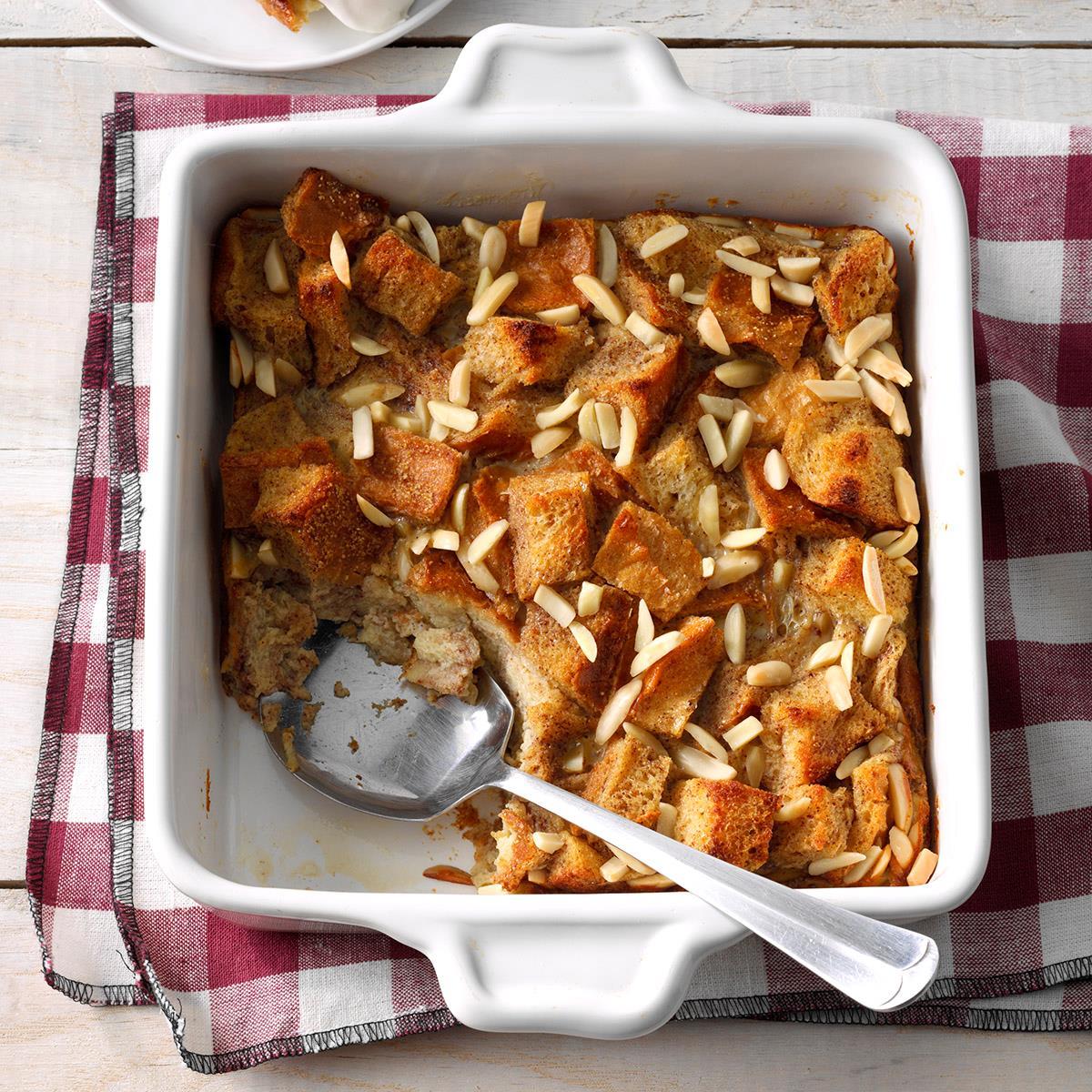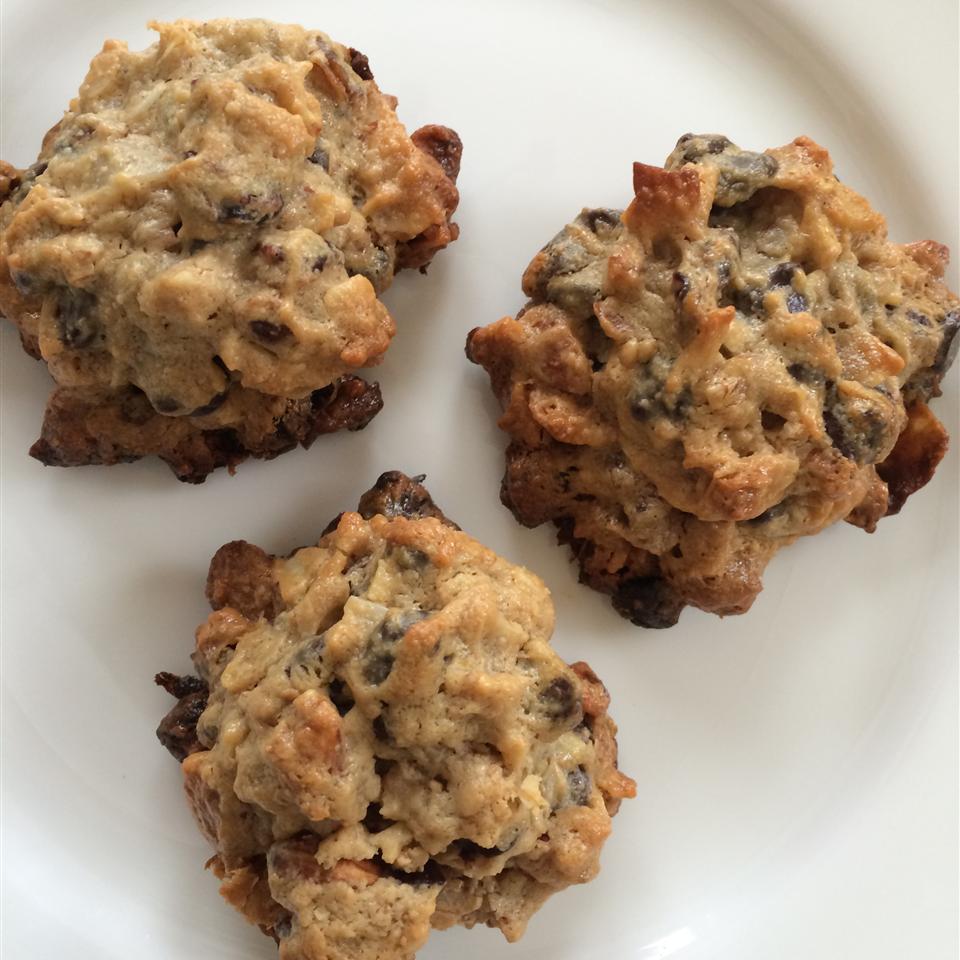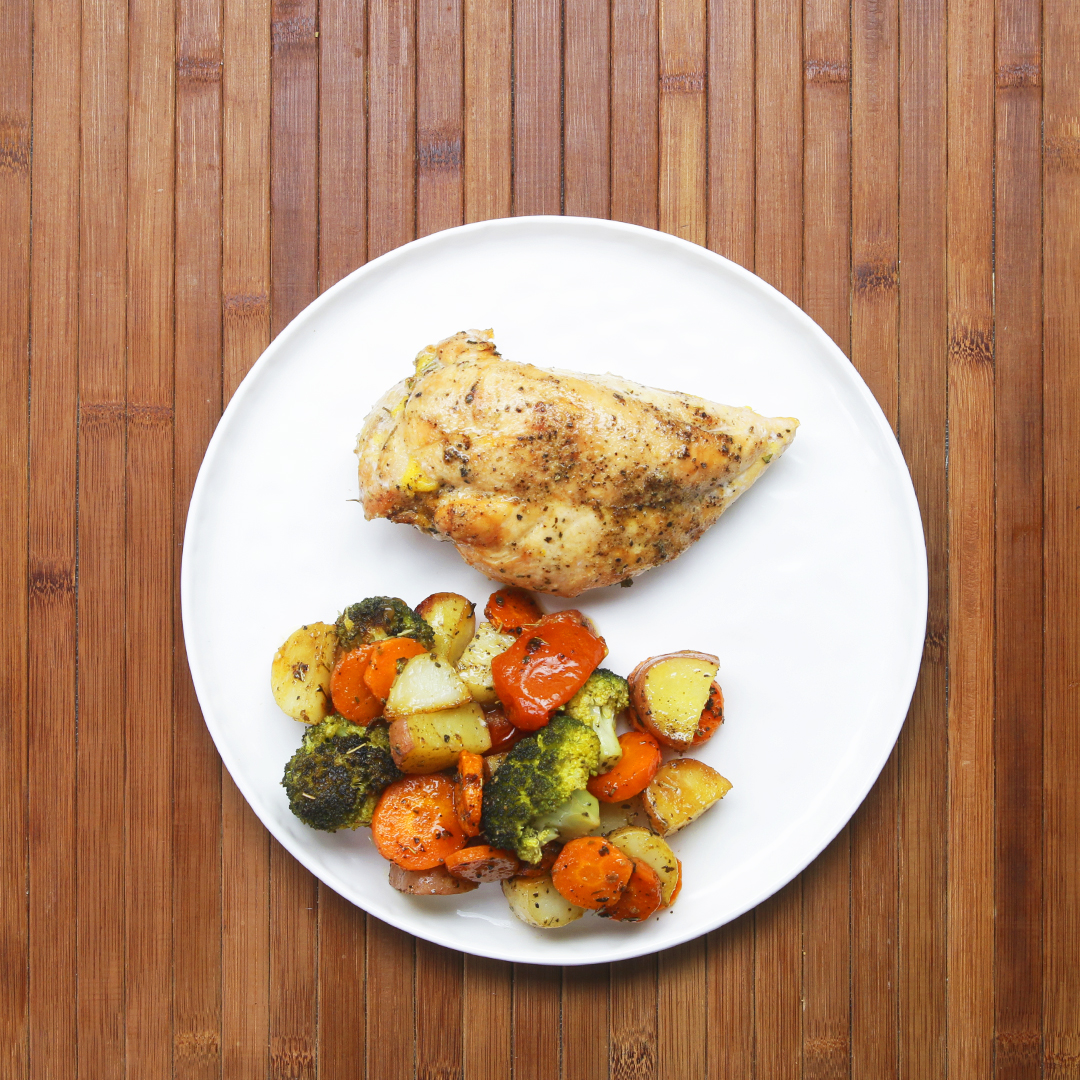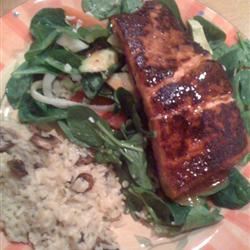Pasta, a culinary delight originating from Italy, has captivated taste buds around the world with its versatility and delectable flavors. Made from a simple combination of flour, water, and eggs, pasta has evolved into an art form, with countless variations in shapes, sizes, and textures. In this article, we present a selection of multi-purpose pasta dough recipes that serve as a foundation for a wide range of pasta dishes, from classic spaghetti to creative ravioli.
Our first recipe introduces a fundamental multi-purpose pasta dough that forms the basis for a variety of pasta shapes. Using all-purpose flour, semolina flour, eggs, and a touch of olive oil, this dough provides a well-balanced texture that holds its shape during cooking. With step-by-step instructions and helpful tips, this recipe ensures pasta-making success for both beginners and experienced cooks.
For those seeking a gluten-free alternative, our second recipe offers a comprehensive guide to creating a multi-purpose gluten-free pasta dough. Utilizing a blend of gluten-free flours, such as almond flour, tapioca flour, and potato starch, this recipe caters to individuals with gluten sensitivities or celiac disease. Detailed instructions and troubleshooting tips ensure a smooth and successful pasta-making experience.
In addition to the fundamental multi-purpose pasta dough recipes, this article delves into specialized dough variations for specific pasta dishes. Our third recipe focuses on creating a flavorful spinach pasta dough that adds a vibrant green hue and a subtle spinach flavor to your pasta dishes. With the incorporation of fresh spinach purée, this dough elevates simple pasta dishes into visually appealing and taste-tempting creations.
For those who appreciate the rich, nutty flavor of whole grains, our fourth recipe guides you through crafting a wholesome whole wheat pasta dough. By replacing all-purpose flour with whole wheat flour, this recipe delivers a pasta dough packed with fiber and a slightly rustic texture. Whether used for spaghetti, fettuccine, or ravioli, this whole wheat pasta dough adds a nutritious twist to your favorite pasta meals.
Lastly, our fifth recipe introduces a unique and colorful beetroot pasta dough. Using freshly cooked and puréed beetroot, this dough imparts a vibrant pink color and a slightly earthy flavor to your pasta. Perfect for creating eye-catching pasta dishes that are sure to impress your dinner guests, this beetroot pasta dough adds a touch of creativity and flair to your culinary repertoire.
BASIC FRESH PASTA DOUGH
Fresh pasta isn't something to master in one go. It takes time and practice, but it yields dividends. This particular recipe is vastly versatile. It can be made into whole grain pasta, by swapping in 1 cup sifted whole wheat, spelt or farro flour in place of 1 cup all-purpose or 00 flour. Add more egg yolks or water as needed and rest the dough for 1 hour. Or try a green pasta, as in this ravioli verdi: Steam or sauté 6 ounces baby spinach (about 6 cups) until just wilted. Spread it out on a parchment-lined baking sheet, and, when cool, squeeze water out thoroughly, a handful at a time, then chop roughly. Purée with 2 eggs and 1 egg yolk, then use this mixture in place of eggs in the recipe. Or, for something a little different, make an herbed pasta, like this pappardelle, by stirring in 1/2 cup finely chopped parsley, chives, chervil, tarragon, or basil in any combination to the eggs before adding to the flour in the main recipe.
Provided by Samin Nosrat
Categories dinner, lunch, pastas, main course
Time 45m
Yield 4 to 6 servings for cut pasta, 6 to 8 servings for stuffed pasta
Number Of Ingredients 4
Steps:
- Mound the flour in the center of a large, wide mixing bowl. Dig a well in the center of the mound and add eggs and yolks. Using a fork, beat together the eggs and begin to incorporate the flour, starting with the inner rim of the well. The dough will start to come together in a shaggy mass when about half of the flour is incorporated.
- Use your fingers to continue to mix the dough. Press any loose bits of flour into the mass of dough. If needed, add another egg yolk or a tablespoon of water to absorb all of the flour. Once the dough comes together into a cohesive mass, remove it from the bowl.
- Transfer to a lightly floured surface and knead by hand for 4 to 5 more minutes until the dough is smooth, elastic and uniform in color. Wrap the dough in plastic and set aside for at least 30 minutes (and up to 4 hours) at room temperature.
- Line three baking sheets with parchment paper and lightly dust with semolina flour. Set aside.
- Cut off a quarter of the dough. Rewrap rest, and set aside. Use the heel of your hand to flatten the dough into an oval approximately the same width as your pasta machine, about six inches. Set the rollers to their widest setting and pass the dough through.
- Lay the dough out onto a lightly floured cutting board or countertop and neatly press together into halves, so it's again about the same width of the pasta machine. Feed the pasta through again at the widest setting. Think of these first rollings as an extended kneading. Continue to fold the dough in thirds and roll it until it is smooth, silky and even-textured. Do your best to make the sheet the full width of the machine.
- Once the dough is silky and smooth, you can begin to roll it out more thinly. Roll it once through each of the next two or three settings, adding flour as needed, until the dough is about 1/4-inch thick.
- Once the pasta is about 1/4-inch thick, begin rolling it twice through each setting. As you roll, lightly sprinkle all-purpose or 00 flour on both sides of the pasta to prevent it from sticking to itself.
- Roll out pasta until you can just see the outline of your hand when you hold it under a sheet, about 1/16-inch thick for noodles, or 1/32-inch thick for a filled pasta. (On most machines, you won't make it to the thinnest setting.)
- Cut pasta into sheets, about 12 to 14 inches long. Dust the sheets lightly with semolina flour and stack on one of the prepared baking sheets and cover with a clean, lightly dampened kitchen towel. Repeat with remaining dough.
Nutrition Facts : @context http, Calories 197, UnsaturatedFat 2 grams, Carbohydrate 32 grams, Fat 4 grams, Fiber 1 gram, Protein 7 grams, SaturatedFat 1 gram, Sodium 28 milligrams, Sugar 0 grams, TransFat 0 grams
HOMEMADE PASTA DOUGH
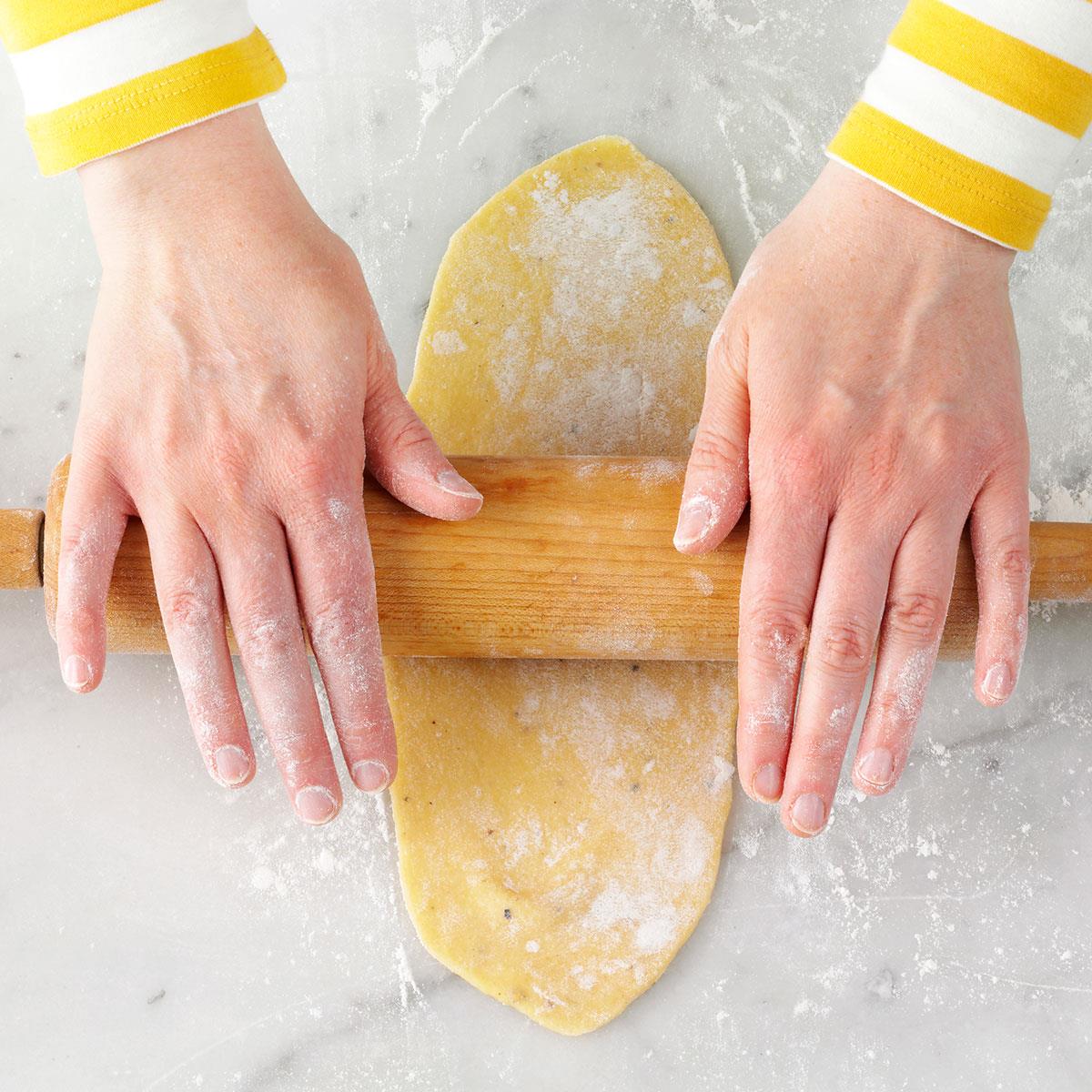
Go for it. Once you try homemade pasta, you're hooked. -Kathryn Conrad, Milwaukee, Wisconsin
Provided by Taste of Home
Categories Dinner
Time 15m
Yield 6 servings.
Number Of Ingredients 8
Steps:
- In a small bowl, whisk the first 6 ingredients. On a clean work surface, mix the all-purpose and semolina flours, forming a mound. Make a large well in the center. Pour egg mixture into the well. Using a fork or fingers, gradually mix flour mixture into egg mixture, forming a soft dough (the dough will be slightly sticky)., Lightly dust work surface with flour; knead dough gently 5 times. Divide into 6 portions; cover and let rest 30 minutes., To make fettuccine, roll each ball into a 10x8-in. rectangle, dusting lightly with flour. Roll up jelly-roll style. Cut into 1/4-in.-wide strips. Cook in boiling water 1-3 minutes.
Nutrition Facts : Calories 217 calories, Fat 5g fat (1g saturated fat), Cholesterol 93mg cholesterol, Sodium 124mg sodium, Carbohydrate 34g carbohydrate (0 sugars, Fiber 1g fiber), Protein 8g protein.
EASY HOMEMADE PASTA DOUGH
Consistently great and easy pasta dough. This makes really great homemade linguine or ravioli for a manual pasta machine. If its too sticky, just roll a bit in flour. This recipe makes enough pasta for 24 small raviolis or 4 servings of linguine. Whatever pasta you make should take no more than 4 to 6 minutes to boil.
Provided by pho1962
Categories 100+ Everyday Cooking Recipes
Time 25m
Yield 4
Number Of Ingredients 5
Steps:
- Beat flour, eggs, olive oil, and salt together in a bowl. Add water, 1 teaspoon at a time, to flour mixture until a smooth and very thick dough forms.
- Turn dough out onto a work surface and knead for 10 minutes. Let dough rest for 5 to 10 minutes. Divide dough into 8 balls and use a pasta machine to roll and cut dough into desired pasta shape.
Nutrition Facts : Calories 340.8 calories, Carbohydrate 48 g, Cholesterol 139.5 mg, Fat 11.1 g, Fiber 1.7 g, Protein 11.2 g, SaturatedFat 2.2 g, Sodium 635.5 mg, Sugar 0.5 g
HOW TO MAKE HANDMADE PASTA RECIPE BY TASTY
Making fresh, homemade pasta dough doesn't have to be tedious! All you need is some flour, eggs, and a tiny bit of arm strength as you knead it all together - no food processor or fancy stand-mixer required. And once your noodles are ready, all it takes is 2-3 minutes of cooking before you can add your sauce, sprinkle your cheese, and open that wine.
Provided by Jody Duits
Categories Dinner
Yield 4 servings
Number Of Ingredients 16
Steps:
- On a clean, sturdy work surface, turn out your chosen flour(s) and salt and make a large well in the middle with your hands.
- Whisk the eggs, egg yolks, and olive oil together in a medium bowl until combined, then pour the mixture into the well.
- Using the same fork, whisk the eggs, slowly incorporating more and more flour into the eggs by moving your fork along the edges of the well.
- Once almost all of the flour is incorporated, start bringing the dough together with your hands. (The dough should be malleable, but not sticky--add more flour if the dough is sticking too much to your hands or the surface. Alternatively, if it's too dry and tough, whisk another egg with 1 tablespoon of water and use your hand to sprinkle some of the mixture over the dough, continuing to do so until the dough is easier to knead.)
- Knead the dough for 7-10 minutes, until the dough is smooth and elastic. When you poke the dough, it should spring back.
- Wrap the dough in plastic wrap and let rest at room temperature for 30 minutes to an hour, or until the dough does not spring back when poked.
- Unwrap the dough and cut into 8 equal pieces so that it's easier to work with. Take 1 piece and wrap the rest in the plastic wrap so that they don't dry out.
- Lightly flour your work surface, and begin rolling out the piece of dough into one long piece. Then, fold the top third down, and the bottom third over that, like a letter. Rotate the dough 90˚ and roll the piece back into a long shape. This helps form a more even rectangular shape and makes the dough a little bit easier to work with.
- Continue rolling out the dough until it is very thin. When you lift the dough, you should be able to see your hands through it.
- Fold the top and bottom of the rectangle to meet in the middle, then fold over again--this will make the dough easier to cut. Cut the dough to your ideal shape. Loosen or unravel the cut dough immediately, so it doesn't stick, sprinkle with a bit of extra flour, or semolina, if using. Let the pasta sit out for about 30 minutes to dry out slightly.
- Bring a large pot of heavily salted water to a boil. Add the pasta and stir to ensure it doesn't clump. Cook for 2-3 minutes, or 30 seconds to 1 minute after the pasta comes to the surface (fresh pasta will cook much faster than dried pasta!)
- Take out a noodle and taste for doneness. Once cooked to your liking, remove the pasta from the water, being sure to save at least 1 cup (240 ML) of the pasta cooking water.
- Add the cooked pasta into your preferred sauce and stir to coat, adding some of the reserved pasta water if needed to add a bit of body and silkiness to the sauce.
- Enjoy!
Nutrition Facts : Calories 1401 calories, Carbohydrate 163 grams, Fat 48 grams, Fiber 6 grams, Protein 69 grams, Sugar 2 grams
CHEF ANNE'S ALL-PURPOSE PASTA DOUGH
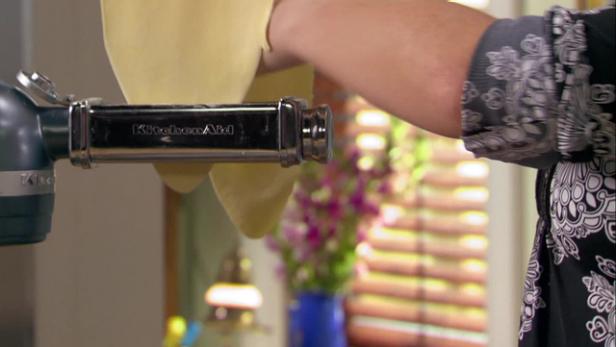
Provided by Anne Burrell
Time 1h45m
Yield 6 servings
Number Of Ingredients 5
Steps:
- Put the flour on a clean dry work surface. Make a hole (this is also called a well) in the center of the flour pile that is about 8 inches wide (bigger is definitely better here). Crack all of the eggs and the yolk into the hole and add the olive oil, salt and water.
- Using a fork beat the eggs together with the olive oil, water and salt. Using the fork, begin to incorporate the flour into the egg mixture; be careful not to break the sides of the well or the egg mixture will run all over your board and you will have a big mess! Also, dont worry about the lumps. When enough flour has been incorporated into the egg mixture that it will not run all over the place when the sides of the well are broken, begin to use your hands to really get everything well combined. If the mixture is tight and dry, wet your hands and begin kneading with wet hands. When the mixture has really come together to a homogeneous mixture, THEN you can start kneading.
- When kneading it is VERY important to put your body weight into it, get on top of the dough to really stretch it and not to tear the dough. Using the heels of your palms, roll the dough to create a very smooooooth, supple dough. When done the dough should look VERY smooth and feel almost velvety. Kneading will usually take from 8 to 10 minutes for an experienced kneader and 10 to 15 for an inexperienced kneader. Put your body weight into it, you need to knead! This is where the perfect, toothsome texture of your pasta is formed. Get in there and have fun!
- When the pasta has been kneaded to the perfect consistency, wrap it in plastic and let rest for at least 1 hour. If using immediately do not refrigerate.
- Roll and cut the pasta into desired shape.
- How smooth and supple!
CHEF ANNE'S ALL-PURPOSE PASTA DOUGH

Making fresh pasta doesn't have to be a big to-do. Yes, it can be a lot of work, but the possibilities that await you are endlessly exciting. I love what can be done with just a few basic ingredients and a little bit of skill. Depending on the season, the amount of time you have, or the mood you're in, you can make short pasta, long pasta, stuffed pasta, whatever you like. As your skill and confidence grow, you'll realize that a whole new world is open to you with fresh pasta. What I offer here is a way for you to dip your toe in the pool of well-salted pasta water and see where the noodles take you!
Yield serves: 4 to 6
Number Of Ingredients 4
Steps:
- Mound the flour on a clean, dry work surface. Make a big hole (called a well) in the center of the flour pile-bigger is definitely better here. Crack the eggs into the hole along with the extra yolk, olive oil, and 2 tablespoons water; season with salt. Using a fork, beat the eggs together with the olive oil, water, and salt and begin to incorporate the flour into the egg mixture. Be careful not to break the well or the egg mixture will run everywhere and you'll have a big fat mess on your hands (and your board). When enough flour is incorporated that you can handle the dough, use your hands to combine everything really well. If the mixture is tight and dry, wet your hands a bit. When the mixture is homogeneous, start kneading . . .
- To knead the dough, it's VERY important to put your body weight into it, to get on top of the dough, and really stretch it. Be careful not to tear it-the idea is that you stretch the dough, not rip it. Use the heels of your palms and roll the mixture over itself. When it's done it should be smooth, supple, and velvety and look like the head of a preemie Cabbage Patch doll. Kneading will take anywhere from 8 to 15 minutes, depending on how experienced you are. (Don't hold back: This is where the perfect, toothsome texture of your pasta is formed. Get in there and work it!)
- When the pasta is ready, wrap it in plastic and let it rest for at least an hour at room temperature before rolling. If you're making the dough ahead of time, wrap, refrigerate, and bring to room temperature before using.
- To roll out pasta, you need to run the dough through the pasta roller a bunch of times to get it long and thin. To start, cut off about a quarter of the dough (remember, the bigger the piece you start with, the longer your dough is going to get), keeping the rest wrapped up so it doesn't dry out. Squish the dough to flatten it-this will help it run through the pasta roller more easily. Where do we start? We start at the beginning! Run the dough through the pasta roller starting on the widest setting, number 1. Then dust the dough with flour, fold it into thirds, and put the dough through this setting two more times. If the dough ever feels sticky or tacky, give it a little dusting of flour. Now adjust the setting to number 2 and repeat the process again-changing the setting each time until your dough is the desired thickness. Once the dough is rolled out, be sure to keep the pasta sheets covered so they don't dry out. Depending on what I want to use the pasta for, I usually stop around number 5 or 6. For long noodles I keep it thicker, and for ravioli or stuffed pasta, I keep it thinner. All pasta machines are different, so you need to judge how your pasta machine works and adjust your rolling accordingly. Once you get the thickness you want, repeat this process with the remaining pieces of dough.
- For whole wheat pasta, substitute 2 cups of whole wheat flour for 2 cups of the all-purpose white. Whole wheat flour is really dry, so you'll likely have to add some water. Start with 1/4 cup water and see how it goes. You don't want tight, nervous-feeling dough, but how much water you need to add depends on what the flour is telling you that day.
- Pasta needs to be cooked in lots of water that's salty like the ocean. Every single time I cook pasta I taste the water to make sure it's correctly seasoned. This step is imperative; if you don't season your pasta water correctly, it doesn't matter how good your sauce is, your pasta dish will never recover.
- So here's what you need to do: Season your pasta water abundantly (as I said, like the ocean-not the Dead Sea!), bring it to a boil, add the pasta, and give it a good swish to make sure the pasta doesn't stick together. Don't crowd your pasta; it needs plenty of room to swim around.
- You want dried pasta cooked al dente, which means "on the tooth," so cook it about one minute less than the package directions recommend (it's going to cook more once you add it to the sauce). When you bite into any well-cooked dried pasta, you should see a little nugget of hard pasta on the inside. It shouldn't be crunchy, but it should definitely have a toothsome bite.
- Fresh pasta is a different story. It has not been dried so it's impossible to get that dry white center, and a limp noodle is no fun. Fresh pasta cooks very quickly, so it's essential to pay attention. What you're looking for is a noodle that's tender but also has that toothsome texture when you bite into it.
- Once the pasta is cooked, whether fresh or dried, you need to perform the marriage of the pasta and sauce by draining the pasta and cooking it in the sauce for a couple minutes, until the sauce hugs the pasta. It's a good idea to always reserve a little of your pasta cooking water; you never know when you're going to need to loosen up your sauce, and this is the way to do it. As the pasta and sauce cook, give them a sprinkey-dink of grated Parm, a drizzle of big fat finishing oil, and stir or toss VIGOROUSLY. This is the glue that holds the marriage of the pasta and sauce together-they should cling to one another! Serve the pasta immediately, and know that proper etiquette is to start eating right away-don't wait for everyone to be served.
- Type of Pasta: Ravioli / Machine Setting: Approximately 6-7 / Desired Size/Shape: Thin pasta sheets
- Type of Pasta: Pappardelle / Machine Setting: Approximately 5-6 / Desired Size/Shape: 1-inch-wide ribbons
- Type of Pasta: Tagliatelle / Machine Setting: Approximately 5-6 / Desired Size/Shape: 1/4-inch-wide ribbons
- Type of Pasta: Tagliolini / Machine Setting: Approximately 4-5 / Desired Size/Shape: 1/8-inch-wide ribbons
FRESH PASTA
Provided by Giada De Laurentiis
Time 45m
Yield 1 1/4 pounds pasta dough
Number Of Ingredients 5
Steps:
- Place the cake flour, all-purpose flour, egg yolks and salt in a food processor. Pulse to combine. With the machine running, gradually add the oil then 1/3 to 1/2 cup water until the mixture forms a dough (the dough should stick together if pinched between your fingers). If necessary, add additional water, 1 teaspoon at a time if the dough is too dry.
- Place the dough on a lightly floured surface. Gather the dough into a ball and knead until the dough is smooth, 5 to 8 minutes. Cover with plastic wrap and refrigerate for 30 minutes.
- Cut the dough into quarters and press flat. Run each piece of pasta dough several times through a pasta-rolling machine, adjusting the setting each time, until the pasta is about 1/8 to 1/16-inch thick. Cut the pasta into the desired shape and use as needed.
BASIC DOUGH FOR FRESH EGG PASTA

Fresh pasta isn't something you can master in one go. There's a learning curve. Only experience can teach you how the dough should feel and how thin to roll it. (Not that it needs to be rolled by hand with a rolling pin. A hand-crank pasta machine is a fine tool, perfect for a small batch.) But pasta making isn't rocket science either. Most competent home cooks will succeed, even if they never match the prowess of mythic Italian nonnas. Fresh homemade egg pasta is definitely worth the effort, though, and it is always better than commercially produced versions.
Provided by David Tanis
Categories pastas, project
Time 1h20m
Yield 4 servings
Number Of Ingredients 4
Steps:
- Put flour and salt in a mixing bowl. Add eggs and yolks, and mix with hands or wooden spoon for a minute or so, until dough comes together. (Alternatively, use a stand mixer with a paddle attachment.) If dough seems dry or crumbly, add 1 or 2 tablespoons cold water, but only enough to keep the dough together.
- Turn dough out onto a board and knead to form a ball. Flatten dough ball to a 1-inch-thick disk, wrap in plastic, and let rest at room temperature for at least 1 hour (several hours is fine).
- Divide dough into 4 pieces. Knead each piece until smooth. Roll with a rolling pin or pasta machine as thinly as possible (but not quite paper-thin). Cut each sheet in half, making 8 smaller sheets. Dust dough sheets lightly with semolina to keep them from sticking. Stack 2 or 3 sheets, roll loosely, then cut into 1/2-inch-wide noodles or other desired shape. Continue until all dough is used. Gently fluff noodles and spread on a semolina-dusted baking sheet. Refrigerate, uncovered, until ready to cook.
Nutrition Facts : @context http, Calories 285, UnsaturatedFat 3 grams, Carbohydrate 48 grams, Fat 5 grams, Fiber 2 grams, Protein 11 grams, SaturatedFat 2 grams, Sodium 185 milligrams, Sugar 0 grams, TransFat 0 grams
PERFECT PASTA DOUGH
After not making pasta for 15 years, I have made it three times in the past week and this, my final attempt was the best and rolled perfectly for linguine. Posting so I remember the next time I make pasta......probably tomorrow! I used a mixer to assemble the ingredients, and a hand crank pasta machine to roll and cut the pasta.
Provided by Cook4_6
Categories Healthy
Time 1h5m
Yield 6 serving(s)
Number Of Ingredients 6
Steps:
- Place the first 5 ingredients in a mixer using the paddle attachment (not dough hook).
- Gradually add the water (you may not need it all) until the dough begins to form a ball and is sticky.
- Remove and place on floured service; kneed for 4-5 minutes incorporating enough additional flour into the dough until the tackiness is gone.
- Allow to sit for 15-20 minutes.
- Cut into 6 pieces, and flatten (with roller or by hand) into a rectangular shape. Keep a dish towel over the other pieces to keep them from drying out.
- Run through the pasta machine at the widest setting 6-10 times until the dough is smooth. If one end is narrower than the other, fold the narrow end until the width evens a bit. To make linguine, I then begin narrowing the roller width step by step, sending the noodle though once on each setting, through the second thinnest setting. (Thinnest setting for spaghetti) Place on a lightly floured baking sheet and cover with another towel.
- Repeat with the remaining pieces, slightly flouring in between noodles as you stack them. If the noodles are longer than your baking sheet, cut them in half with a pastry cutter.
- Allow the noodles to sit for 10 minutes before cutting them. It usually takes me longer than 10 minutes to roll the noodles, so I flip the noodles over and start cutting the first one rolled.
- Your sheets of noodles should no longer be tacky, and should process through the cutter without sticking. If the noodles are still sticky, you may want to flour them a bit before putting them through your cutter.
- Place noodles through desired cutter and lay on baking sheet to dry for 10-20 minutes before cooking. Dust each batch with a tiny bit of flour and separate them with your fingers to ensure they don't clump.
- Place in boiling, salted water and cook until they float to the top; 5 minutes or until your desired tenderness.
Nutrition Facts : Calories 194.7, Fat 4.3, SaturatedFat 0.9, Cholesterol 62, Sodium 412.1, Carbohydrate 31.2, Fiber 1.4, Sugar 0.1, Protein 6.9
Tips:
- Use a kitchen scale to measure your ingredients for the most accurate results.
- If you don't have a pasta maker, you can roll out the dough by hand. Just be sure to roll it out thinly and evenly.
- If the dough is too dry, add a little bit of water. If the dough is too wet, add a little bit of flour.
- Knead the dough for at least 5 minutes, or until it is smooth and elastic. This will help to develop the gluten in the flour and make the pasta dough strong.
- Let the dough rest for at least 30 minutes before using it. This will help the dough to relax and make it easier to work with.
- When cooking the pasta, be sure to salt the water generously. This will help to flavor the pasta and prevent it from sticking together.
- Cook the pasta according to the package directions. Fresh pasta will cook much faster than dried pasta, so be sure to adjust the cooking time accordingly.
Conclusion:
With a little practice, you'll be able to make perfect pasta dough at home. This versatile dough can be used to make a variety of pasta shapes, from classic spaghetti and penne to more unique shapes like ravioli and tortellini. So get creative and experiment with different recipes to find your favorites. Buon Appetito!
Are you curently on diet or you just want to control your food's nutritions, ingredients? We will help you find recipes by cooking method, nutrition, ingredients...
Check it out »
#60-minutes-or-less #time-to-make #main-ingredient #preparation #healthy #5-ingredients-or-less #pasta #easy #lasagna #dietary #pasta-rice-and-grains #spaghetti #ravioli-tortellini
You'll also love




